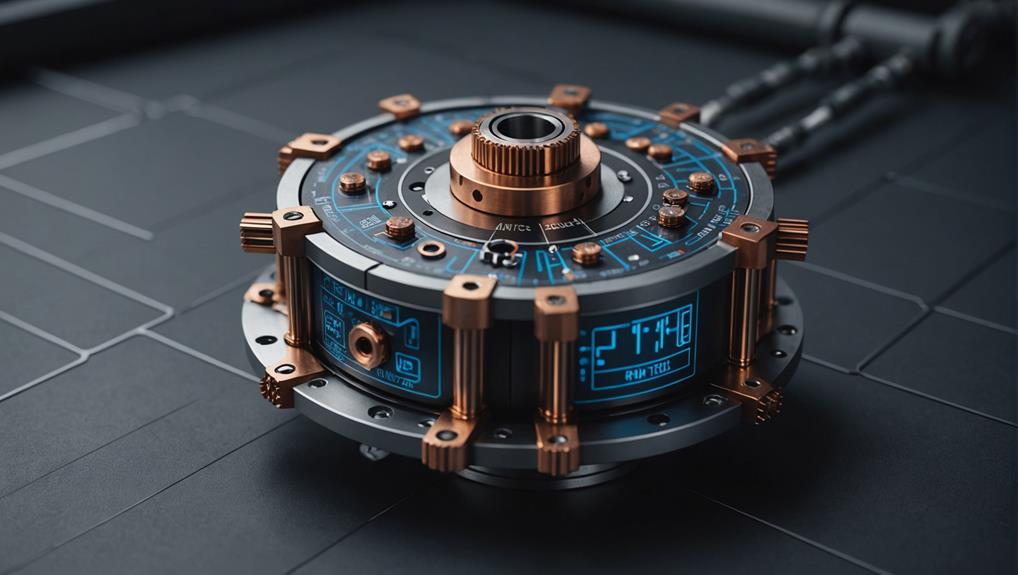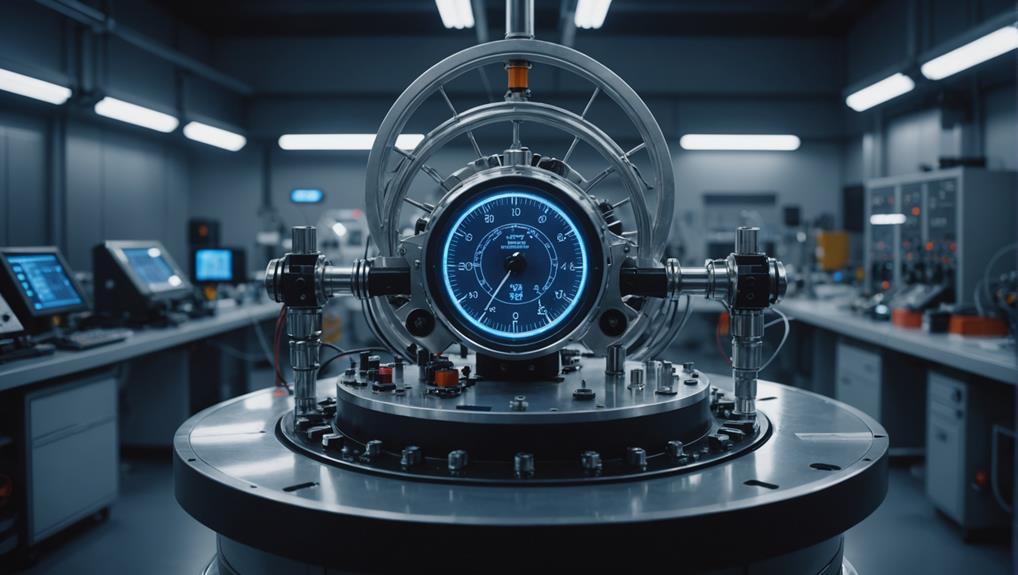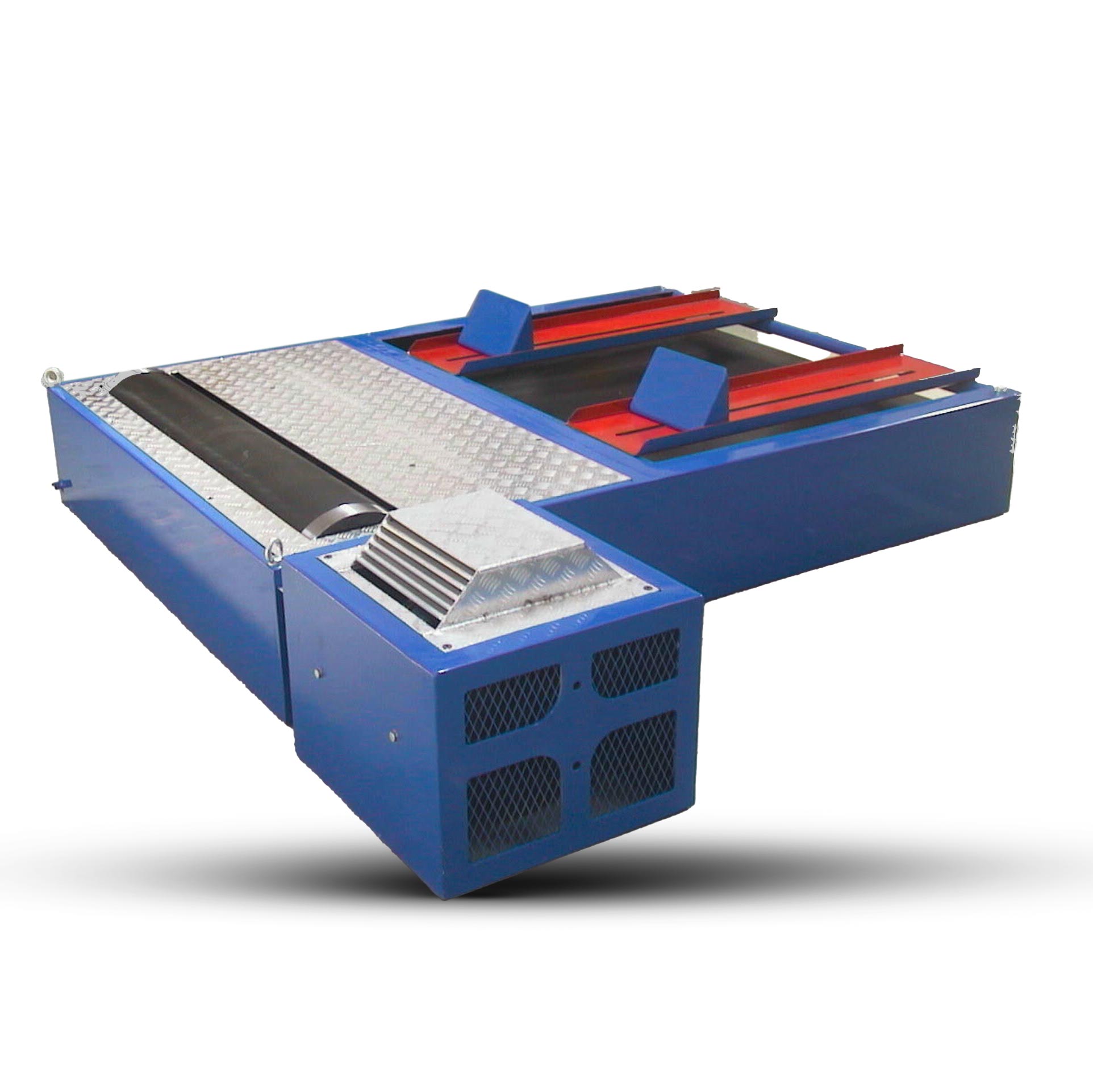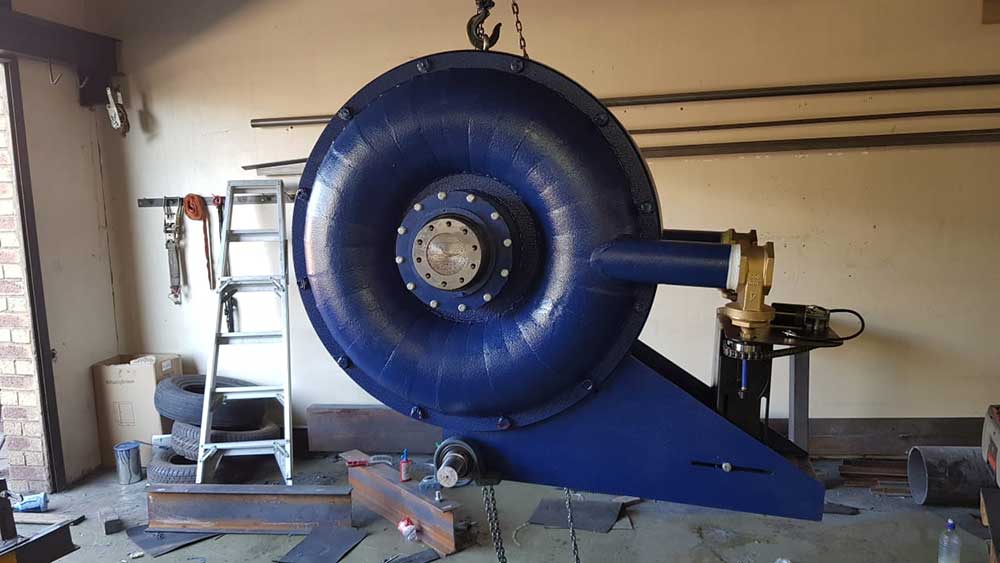
How Dynamometers Enhance Engine Diagnostics and Testing
Necessitating precise measurements, dynamometers unlock the secrets of engine performance, but what else can they reveal about engine diagnostics and testing?
Customising inertia dynamometers for special applications necessitates a comprehensive understanding of the motor test parameters to be measured, including speed, torque, and power output.
The design process involves identifying these requirements and selecting the right test cell software to meet specific application needs. INERTIA test cell solution offers a flexible and adaptable approach, streamlining the development process and enabling customisation without extensive programming.
Leveraging INERTIA's step-by-step guide and vendor-agnostic platform, engineers can condense development timelines, improve product quality, and focus on delivering high-quality test cells and dynamometers.
This enables a deeper understanding of the benefits, which is just ahead.
Comprehending the fundamental principles of inertia dynamometers is crucial for effective application and accurate measurement of torque and rotational speed.
Inertia dynamometers, also known as inertia-type dynamometers, operate on the principle of conservation of angular momentum to measure the torque and rotational speed of a motor or engine.
The dynamometer's rotor is directly coupled to the motor under test, and its rotational speed and acceleration are measured to calculate the torque output. This direct coupling enables precise measurement of the motor's performance.
The rotor is designed to have a high moment of inertia, allowing it to absorb and measure the torque output of the motor under test.
Inertia dynamometers are commonly used for testing low-power, high-speed applications such as turbine engines, electric motors, and gearboxes.
They provide highly accurate and reliable measurements, with some models offering accuracy as high as 0.1% of the full scale.
Grasping the basics of inertia dynamometers is necessary for guaranteeing precise measurement of torque and rotational speed, essential for optimising motor performance.
With the fundamental principles of inertia dynamometers well understood, designing customized inertia dynamometers tailored to specific application requirements is the next logical step.
This involves determining the type of motors to be tested, identifying the maximum torque, speed, and power of the motors, and deciding on the motor test parameters to be measured.
Customized inertia dynamometers can be designed to meet specific application requirements, such as high-speed and middle to high power range testing, using options like hysteresis brake, powder brake, or eddy-current brake dynamometers for high-power testing.
The design process involves identifying the motor test parameters to be measured, ensuring that the customized inertia dynamometer meets the specific application requirements.
This includes determining the motor's speed, torque, and power output.
Custom test cell development software provides a step-by-step guide to the test bed development process, addressing the needs of specific dynamometer, hydraulic, or custom test bed applications.
Genuen's expertise in hardware-in-the-loop (HIL) testing, fluid power test, and electromechanical test enables the company to provide custom test systems for diverse industries, including aerospace, transportation, and national security.
When selecting test cell software, it is vital to weigh the limitations of commercial off-the-shelf (COTS) solutions, which often require extensive programming and customization to meet specific test cell needs.
In contrast, the INERTIA test cell solution offers a flexible and adaptable approach, streamlining the development process and providing a vendor-agnostic platform for test cell productivity.
The pursuit of ideal test cell software can be a daunting task, especially when relying on commercial off-the-shelf (COTS) solutions.
Whilst COTS test software may seem like a convenient option, it often falls short of meeting the unique requirements of custom test bed applications.
The limitations of COTS test software become apparent in several key areas:
These limitations can result in increased development time and effort, making it crucial to select the right test cell software for specific application needs.
Selecting the right test cell software is crucial as it directly impacts the efficiency and effectiveness of custom test bed applications.
INERTIA Test Cell Solution stands out as a versatile and adaptable software that addresses the specific needs of dynamometer, hydraulic, or custom test bed applications.
It provides a step-by-step guide to the test bed development process, including time estimates for each stage, thereby significantly shortening development time from months to weeks.
This enables customization without extensive programming, which in turn improves product quality and safety standards.
Engineers can focus on their core tasks rather than spending time on custom test system development, as INERTIA provides a high-level, step-by-step description of the test bed development process.
With full support from start to finish, INERTIA gives test beds maximum flexibility, ensuring durability and reliability in the development of customized inertia dynamometers for special applications.
Development timelines are substantially condensed with INERTIA software, transforming what once took months into a process that can be completed in mere weeks.
This significant reduction in development time enables customization without extensive programming, allowing engineers to focus on perfecting their test cells and dynamometers.
The benefits of using INERTIA software can be summarized as follows:
With INERTIA software, engineers can now focus on delivering high-quality test cells and dynamometers in weeks, not months, revolutionising the test bed development process.
Engineers frequently encounter significant obstacles when attempting to create custom test systems, as the process can be overwhelming and fraught with difficulties.
Selecting the right commercial off-the-shelf (COTS) test software that meets specific application requirements is one of the primary challenges. Proprietary systems can be inflexible, while general-purpose solutions require extensive customisation, making it arduous to tailor the test equipment to particular needs.
Developing a custom test bed can be a time-consuming and costly endeavour, necessitating expertise in multiple domains and considerable time and effort.
Building a custom test system can be daunting, and vendors often charge high prices for alterations to their closed systems, leaving customers with limited options. Open source options or COTS tools may be too generic, necessitating considerable effort to customise, and may not meet specific application requirements.
In terms of dynamometers, testing, and custom test equipment, overcoming these challenges is vital to ensuring accurate and reliable results. Engineers must navigate the complexities of custom test system development to create tailored solutions that meet their unique needs.
One of the most significant advantages of the INERTIA solution is its ability to dramatically reduce the time and effort required to create custom test systems.
This streamlined development process enables engineers to focus on what matters most – designing and testing their products. With INERTIA, development time is slashed from months to weeks, allowing users to get their test cells up and running quickly.
The benefits of INERTIA's time-saving features are evident in the following ways:
INERTIA users can tap into an exhaustive support network that empowers them to optimise their test bed's flexibility and streamline the development process.
This all-encompassing support structure allows engineers to focus on their core tasks, rather than spending time on custom test system development, thanks to INERTIA's intuitive user interface and extensive features.
Wineman Technology provides experienced engineers to assist with unique application needs, offering training and a fully featured manual for easy reference.
A complete virtual example is also available for hands-on learning. Additionally, users can benefit from one year of free software support, providing direct access to engineers, with extended support options available for continued assistance.
To get started, users can take advantage of step-by-step guidance through Getting Started videos and personalised support from Wineman Technology engineers.
For dynamometer testing requirements, INERTIA's support resources facilitate seamless integration with hardware-in-the-loop (HIL) testing.
This, combined with INERTIA's all-encompassing support network, enables users to efficiently meet their testing requirements and optimise their test bed's performance.
Building Customised Inertia Dynamometers for Special Applications
Understanding Inertia Dynamometer Basics
Inertia dynamometers measure the torque and rotational speed of rotating machinery by applying a braking force to the rotating shaft, proportional to the torque being measured. We, Hyper Power, use them in research and development, quality control, and production testing.
Designing Customised Inertia Dynamometers
At Hyper Power, we design customised inertia dynamometers to meet specific testing requirements. We consider the type of application, required torque and speed ranges, and environmental factors. Our custom designs accommodate unique shaft configurations, high-speed testing, and specialised sensors. If you have any questions about our Custom Dyno Solutions, please contact us.
Selecting the Right Test Cell Software
Test cell software plays a critical role in controlling and analysing dynamometer test data. Key features to consider include data acquisition, real-time analysis, and customisable reporting. Our INERTIA software is a popular choice for inertia dynamometer testing, offering advanced features and user-friendly interfaces. If you need guidance on selecting the right test cell software, our Technical Support team is here to help.
Benefits of Using INERTIA Software
INERTIA software provides a range of benefits, including advanced data analysis, customisable reporting, and real-time monitoring. Its user-friendly interface and flexibility make it an ideal choice for a wide range of testing applications. Do you want to know more about the benefits of INERTIA software? Contact us for a consultation.
Overcoming Custom Test Systems Challenges
Custom test systems can present unique challenges, including integrating specialised hardware and software. Our INERTIA software is designed to overcome these challenges, providing a flexible and adaptable solution for custom test systems. If you're struggling with custom test systems, our Diagnostics and Performance Analysis services can help you overcome these challenges.
Time-Saving Benefits of INERTIA Solution
INERTIA software offers significant time-saving benefits, including automated data analysis and customisable reporting. Its user-friendly interface and advanced features enable users to focus on testing and analysis, rather than software management. Want to learn more about how INERTIA software can save you time? Contact our Training and Certification team for a demo.
Support and Resources for INERTIA Users
Our INERTIA software is backed by exhaustive support and resources, including user documentation, Training and Certification, and Technical Support. If you need assistance with Software Updates and Upgrades, our team is here to help. Additionally, we offer Rental Services, Dynamometer Testing Services, and Accessories and Parts to support your testing needs.
In summary, customised inertia dynamometers offer a flexible solution for special applications. By selecting the right test cell software and leveraging the benefits of INERTIA software, users can overcome custom test systems challenges and achieve efficient testing and analysis. If you have any questions about our services or need guidance on customised inertia dynamometers, please contact Hyper Power.

Necessitating precise measurements, dynamometers unlock the secrets of engine performance, but what else can they reveal about engine diagnostics and testing?

Navigating the complexities of torque measurement requires a deep understanding of the underlying principles and mechanisms to ensure accurate results.

Precise control and optimization of engine performance await, but only for those who unlock the secrets of dynamometer-driven data analysis.

Gaining insight into the differences between inertia and brake dynamometers is crucial for ensuring accurate testing results in various industries.

Tapping into the precise measurement capabilities of dynamometers, uncover the secrets to optimizing fuel efficiency and slashing emissions in the automotive industry.

Witness the importance of rigorous safety protocols and best practices in dynamometer testing to avoid catastrophic failures and ensure accurate results.

Harnessing the nuances of precision measurement is crucial to avoiding costly errors in dynamometer testing, but what are the key factors to consider?

Witness the transformative power of dynamometers in unlocking your vehicle’s hidden performance potential, but only if you know how to harness their precision.





